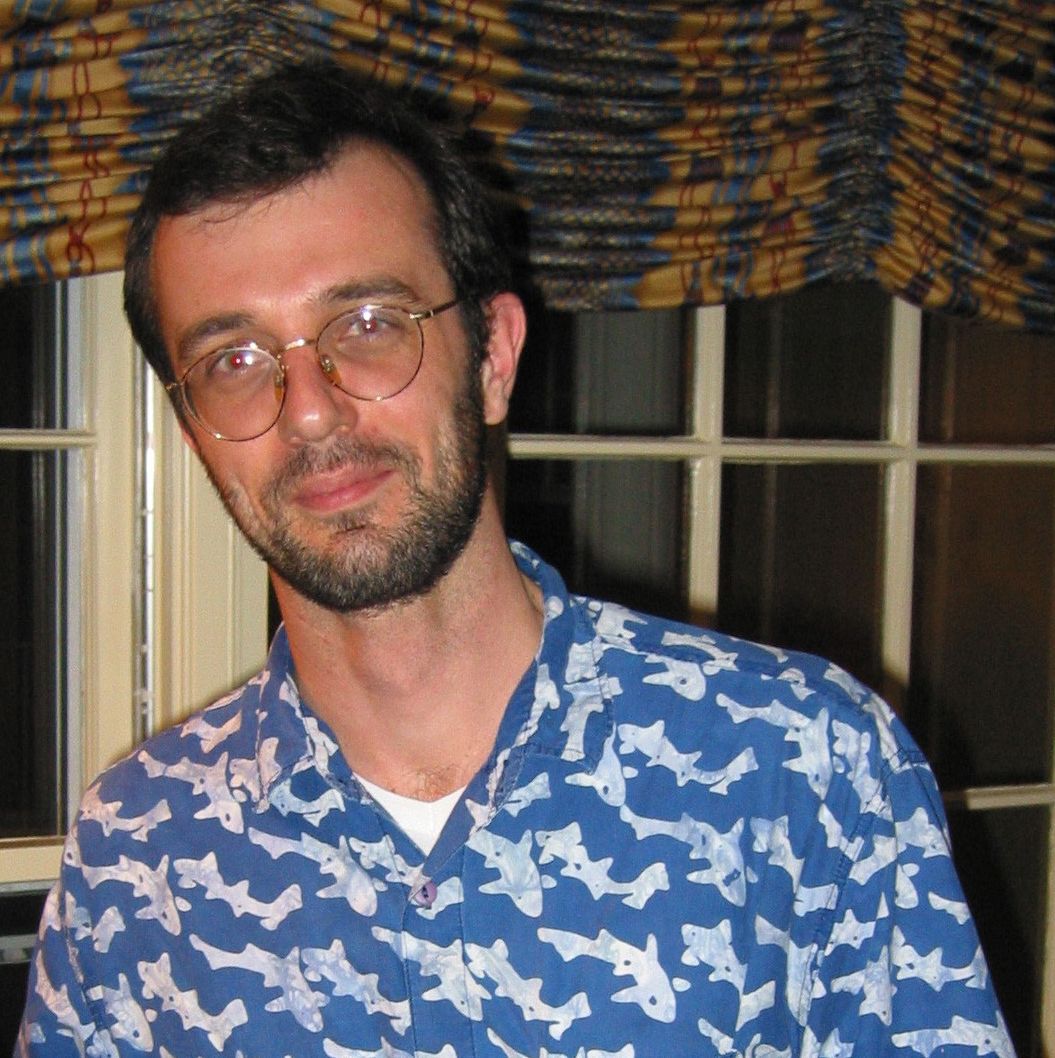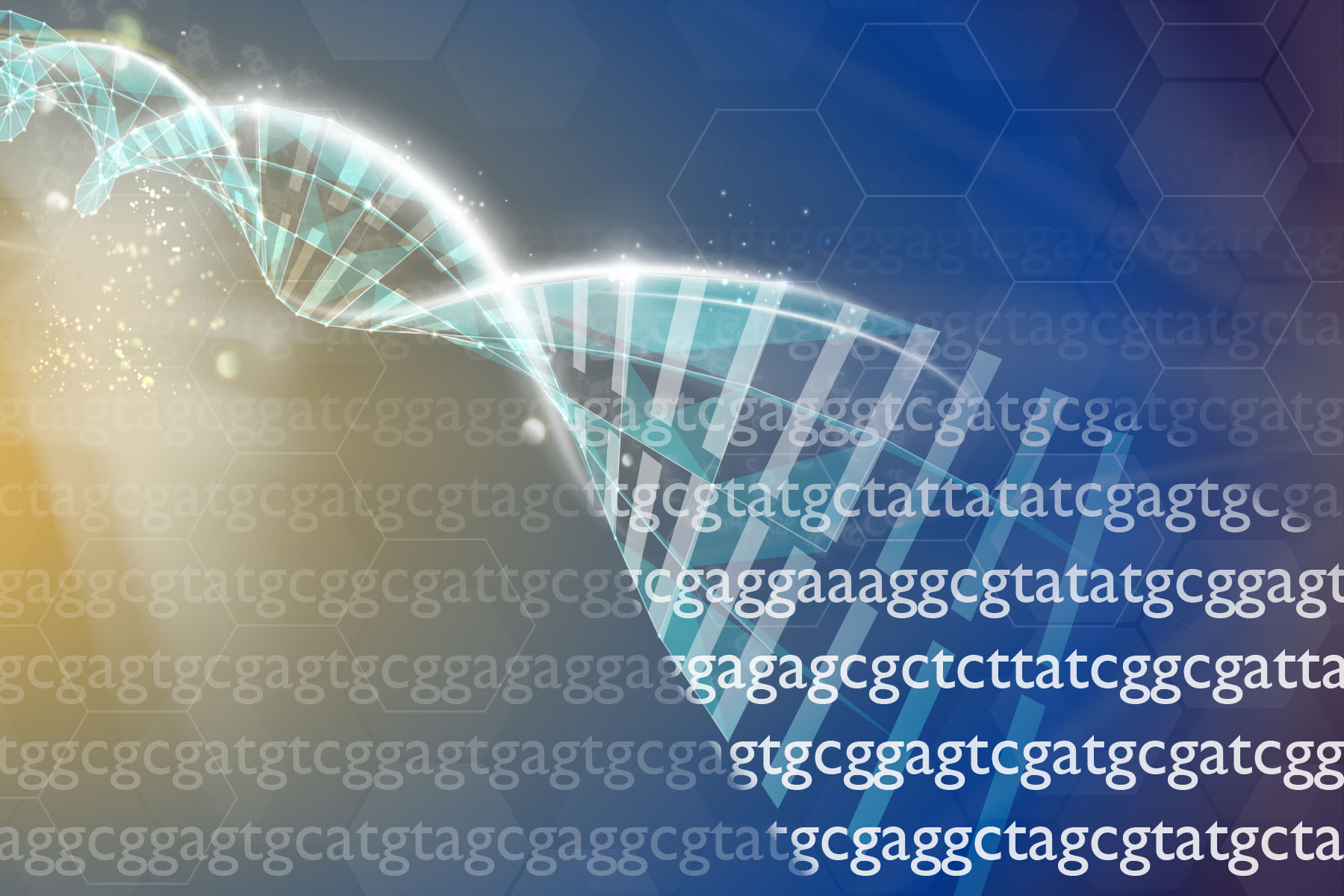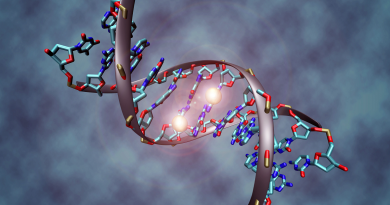What matters the most to cells
“If you asked a group of scientists which is more important for a cell, maintaining the integrity of its DNA containing all of the organism’s genetic information, or the fidelity of transcription – the process that transcribes DNA into RNA, which leads to protein synthesis – the vast majority would agree that repairing DNA is more important,” said corresponding author Dr. Christophe Herman, associate professor of molecular and human genetics and molecular virology and microbiology at Baylor College of Medicine. “In this study we show the opposite.”

This groundbreaking and surprising discovery provides a major conceptual change of DNA biology; in the model organism E. coli, the fidelity of transcribing DNA comes at the expense of DNA repair.
It is well known that DNA breaks are troublesome for cells because they can cause major instability in the cell’s genes or cell death, if not repaired correctly. In contrast, errors during transcription are generally considered less important because the transcript is temporary, and if one is defective, cells can make another one. For these reasons, most researchers consider that DNA break repair would outweigh transcription to protect DNA integrity, and keep cells from losing their chromosomes.
“Scientists have been studying DNA repair for decades and generated a great deal of information about it. In comparison, we know little about transcription fidelity,” said Herman, who also is a member of the Dan L Duncan Comprehensive Cancer Center. “My lab has been studying fidelity of transcription for the last 12 years. We showed years ago that transcription errors can lead to heritable changes. That made us think that transcription fidelity might be more important than we had originally thought. In this study we wanted to investigate the consequences of removing GreA, a factor that helps ensure the fidelity of the transcription process on the bacterium E. coli, on DNA break repair.”

An unexpected discovery

“After removing GreA, bacteria were hundreds of times more efficient at repairing DNA damage caused by drugs that mimic radiation,” said first author Dr. Priya Sivaramakrishnan, a Ph.D. student in the Herman lab during the development of this project. “Bacteria can repair DNA breaks much faster when GreA is absent.”
To pinpoint how the lack of transcription fidelity can lead to faster repair, the researchers developed a novel whole-genome sequencing method, which they have named eXOnucleases sequencing (XO-seq), to physically visualize the different steps of DNA repair in living cells. Using this and other methods, the researchers determined the molecular mechanism by which loss of GreA promotes DNA repair.
The finding that the transcription fidelity factor GreA prevents DNA repair represents a major paradigm shift in the DNA world because it implies that ensuring proper transcription fidelity comes at the cost of lowering the cell’s ability to repair DNA. “That was completely unexpected,” Herman said.
“To have a process that helps transcribe DNA into high-quality RNA that will produce high-quality proteins, bacteria are paying a hundred-fold price in DNA repair efficiency,” said co-author Dr. Susan Rosenberg, Ben F. Love Chair in Cancer Research and professor of molecular and human genetics, of molecular virology and microbiology and of biochemistry and molecular biology at Baylor. Rosenberg also is leader of the Cancer Evolvability Program at the Dan L Duncan Comprehensive Cancer Center at Baylor.

“The conservation of the basic biology of nucleic acids from bacteria to humans is tremendous,” said Rosenberg. “We hypothesize that this mechanism discovered in E. coli might also be present in other cells, which would have implications in a number of fields, from cancer to evolution.”
Read all the details of this study in the journal Nature.
Other contributors to this work include Leonardo A. Sepúlveda, Jennifer A. Halliday, Jingjing Liu, María Angélica Bravo Núñez and Ido Golding, who are affiliated with Baylor College of Medicine and the Dan L Duncan Comprehensive Cancer Center.
The study was supported by National Institutes of Health grant R01-GM088653, pilot grant from the Dan L Duncan Comprehensive Cancer Center and P30 CA125123 and was partly supported by the NIH Director’s Pioneer Award DP1-CA174424. Further support was provided by a gift from the WM Keck Foundation, NIH grants R01-GM53158 and R01-839-GM082837, National Science Foundation grants PHY 1147498, PHY 1430124, and PHY 1427654, the Welch Foundation grant Q-1759, the John S. Dunn Foundation Collaborative Research Award and a Cullen Foundation Scholarship.



